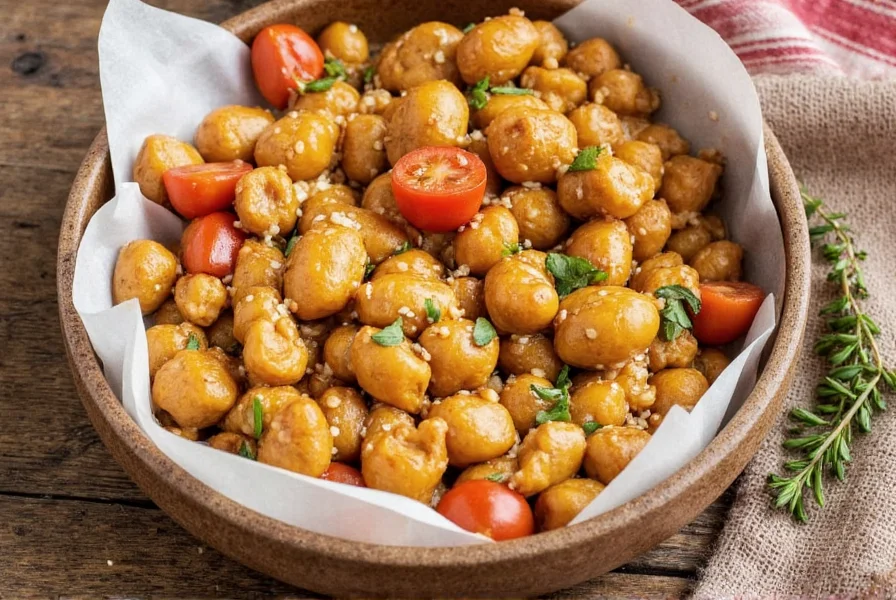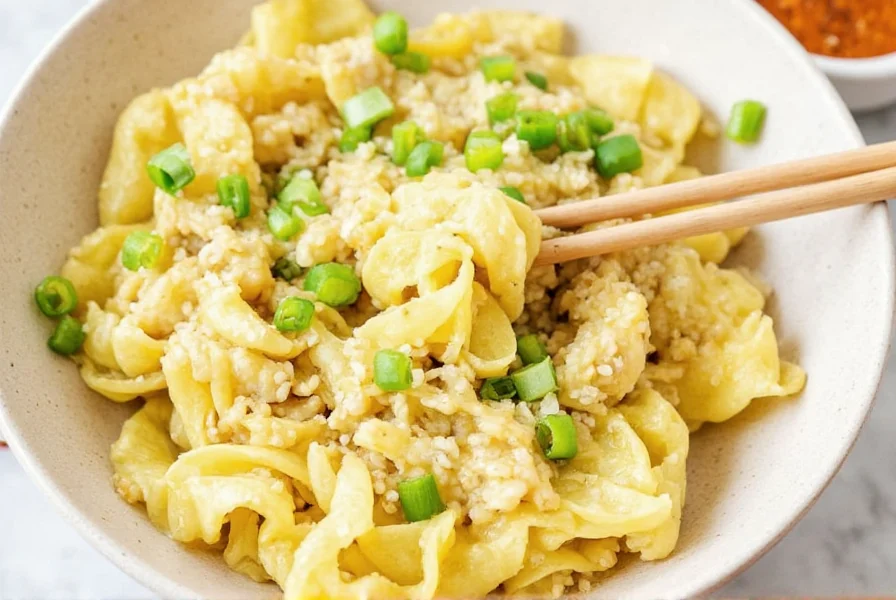When searching for ginger menu options, diners often seek restaurants where this versatile root takes center stage rather than merely serving as a background flavor. Ginger's unique pungent-sweet profile enhances both savory and sweet preparations, making it valuable across appetizers, mains, and desserts. Understanding what constitutes a true ginger-focused menu helps identify establishments that showcase this ingredient's full potential through thoughtful preparation techniques and balanced flavor profiles.
Understanding Ginger's Culinary Significance
Ginger (Zingiber officinale) has been prized in global cuisines for millennia, with historical records showing its use in ancient Chinese and Indian cooking dating back over 5,000 years. The fresh root contains gingerol, the compound responsible for its characteristic heat and health properties, which transforms into zingerone when cooked, creating a mellower flavor profile. This chemical evolution explains why ginger preparation techniques significantly impact final dish quality.
Professional chefs distinguish between several ginger forms:
| Ginger Type | Best Culinary Uses | Flavor Profile |
|---|---|---|
| Fresh young ginger | Salads, dressings, quick stir-fries | Mild, juicy, less fibrous |
| Mature fresh ginger | Main courses, braises, marinades | Stronger heat, more fibrous |
| Candied ginger | Desserts, tea, as garnish | Sweet with lingering heat |
| Dried ginger powder | Baking, spice blends, dry rubs | Earthy, less complex than fresh |
Identifying Quality Ginger Menu Offerings
Not all restaurants featuring ginger dishes qualify as having a dedicated ginger menu. True ginger-focused establishments demonstrate intentionality through:
- Seasonal adaptation - Using young spring ginger in lighter preparations versus mature winter ginger in heartier dishes
- Multiple preparation methods - Offering raw, pickled, candied, and cooked ginger preparations across the menu
- Regional authenticity - Representing traditional ginger uses from specific culinary traditions rather than generic applications
- Balanced flavor integration - Using ginger to enhance rather than overwhelm other ingredients
When evaluating ginger menu restaurants, look for establishments that specify ginger varieties and preparation methods on their menus. High-quality venues often indicate whether they use fresh, young ginger versus mature roots, and may describe specific techniques like hand-grated versus thinly sliced preparations.

Ginger Across Global Cuisines
Ginger appears in distinctive ways across culinary traditions, creating regional ginger menu options that reflect local preferences:
Asian Culinary Traditions
In Japanese cuisine, shoga appears as thinly sliced garnish for fish dishes and in pickled form (gari) with sushi. Thai cooking features young ginger in soups like tom kha gai, while Indian cuisine uses ginger paste as part of the flavor base (masala) for many curries. Chinese restaurants often feature ginger in classic preparations like ginger-scallion lobster and steamed fish with fresh ginger.
Western and Fusion Applications
Contemporary Western chefs incorporate ginger into unexpected preparations like ginger-infused oils for finishing dishes, ginger beurre blanc sauces, and even in dessert applications like ginger-poached pears. Fusion restaurants might offer innovative ginger menu dishes such as ginger-marinated salmon tacos or ginger-lime grilled chicken.
Creating Your Own Ginger-Focused Menu at Home
Home cooks can develop their own ginger-centric meal experiences by understanding complementary flavor pairings. Ginger harmonizes particularly well with citrus, garlic, scallions, soy, honey, and chili. When planning a ginger-focused meal, consider including:
- Appetizer: Ginger-soy glazed shrimp with microgreens
- Main course: Miso-ginger glazed salmon with bok choy
- Side: Stir-fried vegetables with fresh ginger and garlic
- Dessert: Ginger-poached pears with vanilla yogurt
For optimal results, always peel ginger with a spoon rather than a knife to preserve more of the flavorful outer layer. Freshly grated ginger provides the most vibrant flavor, while sliced or julienned preparations offer textural contrast. Remember that fresh ginger vs dried ginger creates dramatically different results - dried ginger powder lacks the bright, complex notes of fresh root.

Health Considerations with Ginger Consumption
While enjoying ginger menu options, it's worth noting that ginger contains bioactive compounds with potential health benefits. Research suggests ginger may aid digestion, reduce nausea, and possess anti-inflammatory properties. However, those on blood-thinning medications should consult their physicians before consuming large quantities of ginger, as it may interact with certain medications.
The amount of ginger used in typical culinary preparations presents minimal risk for most people. A standard restaurant serving contains approximately 1-2 grams of ginger per dish, well below therapeutic doses used in clinical studies. When exploring ginger in Asian cuisine, remember that traditional preparations often balance ginger's potency with other ingredients for both flavor and digestive harmony.
Frequently Asked Questions
What distinguishes a true ginger menu from regular menus featuring ginger dishes?
A true ginger menu intentionally features ginger across multiple courses with varied preparations, rather than including it as a single background ingredient. Quality ginger menus specify ginger types (young vs mature), preparation methods, and demonstrate thoughtful integration into dishes rather than using it as a generic flavoring.
How can I identify restaurants with authentic ginger-focused menus?
Look for restaurants that specify ginger varieties and preparation techniques on their menus. Authentic establishments often describe whether they use young spring ginger or mature roots, and may indicate specific methods like hand-grated versus thinly sliced. Menus that simply list "ginger" without details typically don't represent true ginger-focused culinary approaches.
What are the most common ginger menu dishes across different cuisines?
Japanese cuisine features ginger as thinly sliced garnish for fish and pickled with sushi. Thai restaurants offer ginger in soups like tom kha gai, while Indian menus include ginger paste in curry bases. Chinese establishments showcase ginger in dishes like ginger-scallion lobster. Western fusion restaurants might serve ginger-marinated proteins or ginger-infused desserts.
Does the type of ginger used significantly impact menu dish quality?
Yes, the ginger variety and preparation method dramatically affect flavor. Young ginger offers milder, juicier notes suitable for raw applications, while mature ginger provides stronger heat for cooked dishes. Freshly grated ginger delivers vibrant flavor that dried powder cannot replicate. Restaurants specifying their ginger types and methods typically demonstrate greater culinary attention to detail.
Are there health considerations when regularly consuming ginger menu items?
The ginger amounts in typical restaurant dishes (1-2 grams per serving) present minimal risk for most people. Ginger may aid digestion and reduce nausea, but those on blood-thinning medications should consult physicians before consuming large quantities. Traditional culinary preparations usually balance ginger's potency with other ingredients for both flavor and digestive harmony.











 浙公网安备
33010002000092号
浙公网安备
33010002000092号 浙B2-20120091-4
浙B2-20120091-4